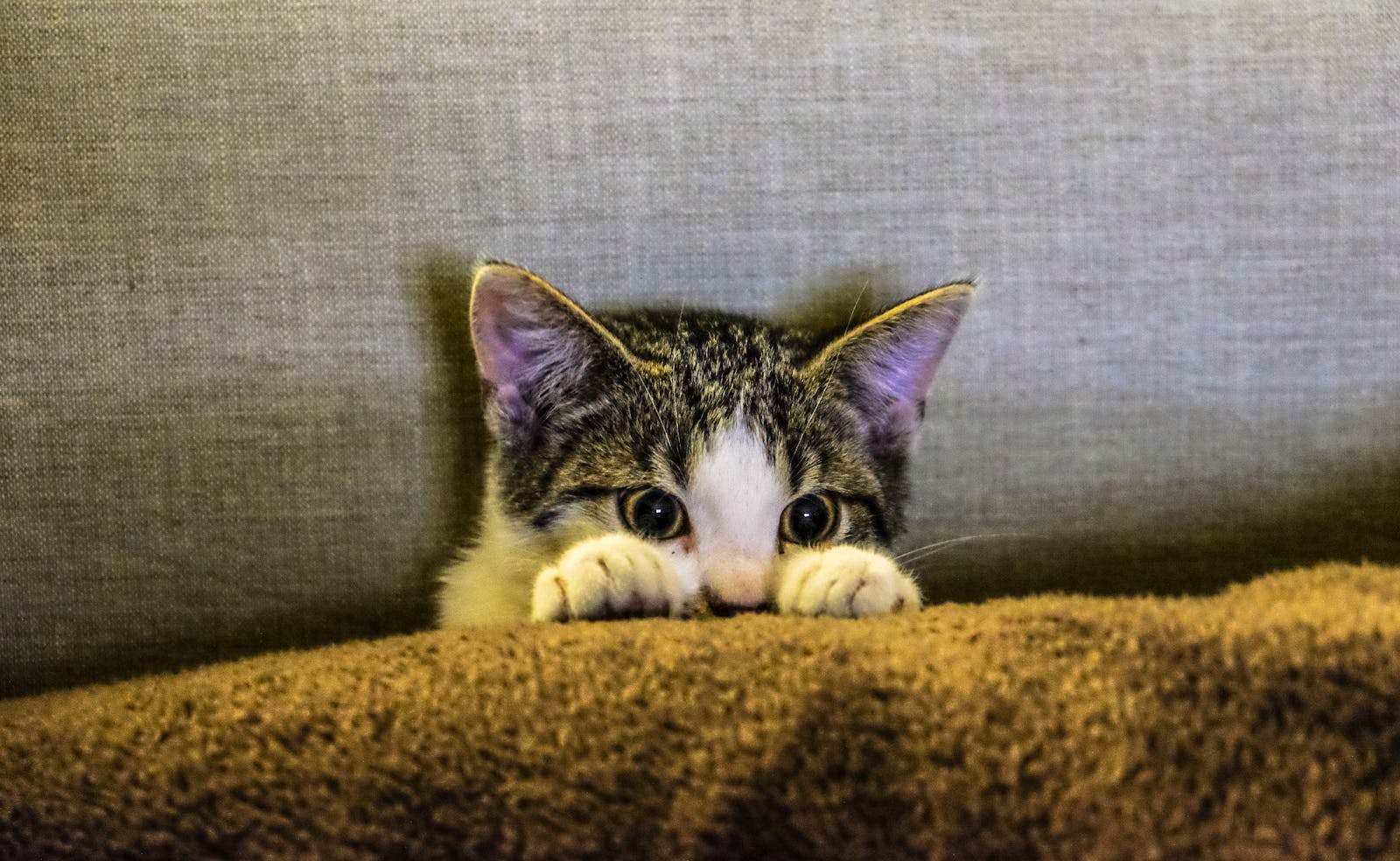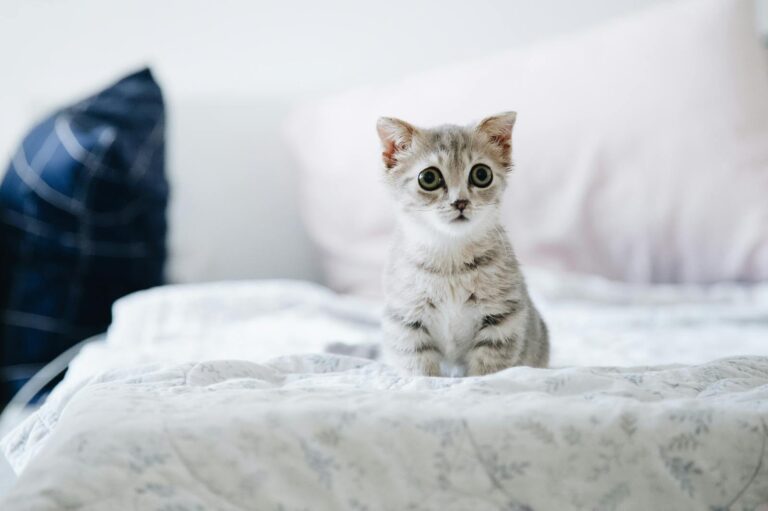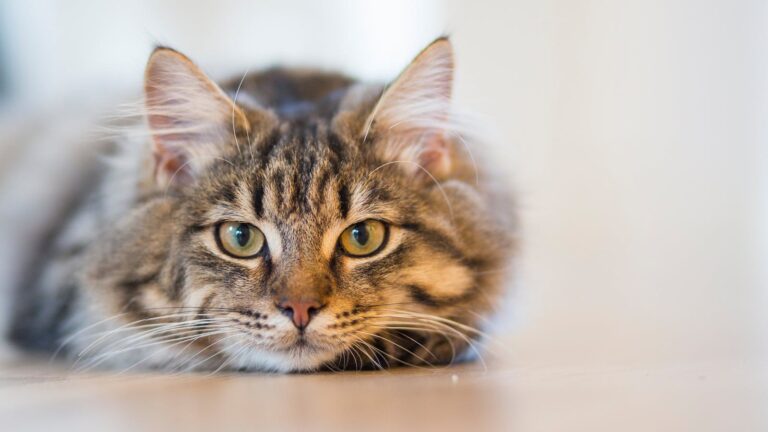Daily Routines to Bond With Your Cat – Strengthen Your Connection
Creating a strong bond with your feline friend is essential for both their well-being and yours. Implementing Daily Routines to Bond With Your Cat can enhance the quality of your relationship, build trust, and foster companionship. Just like humans, cats thrive on routine, and by incorporating specific activities into your everyday life, you can deepen that unbreakable bond.
Understanding Your Cat’s Behavior
To establish effective routines that will help in bonding with your cat, it is important first to understand their behavior. Cats communicate through body language and often express their feelings towards their humans through various actions. Understanding these behaviors can provide insight into how to create a more nurturing relationship.
1. Body Language Signals
Cats are masters of non-verbal communication. Understanding their body language can significantly improve how you interact with them.
Tail Position:
A cat’s tail speaks volumes about their emotional state. A straight, upright tail indicates happiness or excitement, while a puffed-up tail suggests fear or aggression. By observing these signals, you can gauge when your cat is comfortable enough to engage in bonding activities.
Ears and Eyes:
The position of a cat’s ears helps signal their mood. Ears facing forward indicate curiosity, while ears pinned back may show irritation or anxiety. Furthermore, slow blinking can be interpreted as a sign of trust and affection from your cat. Engaging in slow blinks can encourage them to reciprocate.
Posture:
A relaxed posture, such as lying on their side or stretching out, indicates comfort. If your cat approaches you while purring, this shows they are seeking connection. Recognizing these signals allows you to time your bonding moments effectively.
2. Individual Personality Traits
Every cat is unique, with its own personality traits. Some are playful, while others prefer quiet interactions. It is essential to observe your cat’s idiosyncrasies and adapt your routines accordingly.
Social vs. Solitary:
Understanding whether your cat is more sociable or solitary can influence how you approach bonding. For social cats, interactive play and cuddling may strengthen your relationship. In contrast, solitary cats might appreciate quieter forms of interaction, such as gentle petting during their downtime.
Play Preferences:
Pay attention to your cat’s favorite toys and play styles. Some cats enjoy chasing feather wands, while others prefer interactive puzzle toys that stimulate their minds. Incorporating their preferences into your daily routine will make the bonding experience much more enjoyable.
3. The Importance of Trust
Building trust is crucial for any relationship, including the one with your cat. Trust takes time, patience, and consistency.
Consistent Presence:
Being a consistent presence in your cat’s life helps them feel secure. Spend time with them regularly, even if it’s just quietly sitting nearby. Over time, they will learn to associate your presence with safety and love.
Routine Feeding:
Feeding your cat at the same times each day creates predictability. This reinforces the bond and allows them to rely on you for nourishment. Pairing feeding time with gentle voice and touch can further enhance trust.
Creating Interactive Playtime
Engaging in structured playtime is one of the most effective daily routines to bond with your cat. Cats naturally have high energy levels and require physical activity for a healthy lifestyle.
1. Establishing a Routine
Setting aside specific times for interactive play is essential. Consistency in timing will not only help satisfy your cat’s need for stimulation but also create anticipation.
Designate Play Hours:
Choose a couple of specific times during the day that works for you and your cat. This could be in the morning before work or in the evening when you’re winding down. Keep the sessions short, around 15-20 minutes to maintain their interest.
Use a Variety of Toys:
Having multiple types of toys available will keep things exciting. Rotate different toys every few days to prevent boredom and provide new challenges for your cat.
2. Types of Interactive Games
There are various games that can enrich your bonding experience with your cat and encourage physical activity.
Chasing Games:
Using a laser pointer or a feather toy can mimic natural hunting behaviors. Make sure to allow your cat to “catch” their prey occasionally to avoid frustration. After finishing the game, toss them a toy to catch to give them that feeling of success.
Puzzle Feeders:
Incorporating treat-dispensing toys can stimulate your cat mentally while providing a fun challenge. These toys can also slow down their eating habits if they tend to consume their food too quickly.
3. Introducing New Skills
Teaching your cat new tricks is a rewarding way to bond. Training promotes focus and adds a mental component to your interactions.
Clicker Training:
Using a clicker to reinforce positive behavior can be incredibly effective. Start with simple commands such as “sit” or “high five.” Always reward them with treats and praise, which reinforces their willingness to cooperate.
Positive Reinforcement:
Focus on positive reinforcement techniques. Instead of scolding unwanted behaviors, redirect their energy toward learning a new skill. This not only strengthens your bond but also builds their confidence.
Snuggle Time and Cuddles
Physical affection is an essential part of bonding. Cats, although often seen as independent creatures, need closeness and warmth from their human companions.
1. Recognizing When They Want Affection
Understanding your cat’s desire for snuggle time involves observing their behavior closely.
Purring and Kneading:
When your cat begins to purr and knead, it’s a good indication they’re seeking your affectionate touch. These behaviors often signify contentment and comfort. Take this opportunity to invite them onto your lap for some quality time.
Cuddling Positions:
Cats typically settle next to you or curl up against you when they’re ready to cuddle. If they choose to lie on top of you or between your legs, it’s a clear sign they want closeness. Respecting their personal space while still encouraging cuddling eventually builds trust.
2. Creating a Cozy Environment
Your living space can impact your cat’s willingness to cuddle.
Comfortable Spaces:
Set up cozy blankets and cushions in areas where you usually relax. Cats love to snuggle in warm, soft places. Creating inviting spots will encourage them to join you for snuggle sessions.
Quiet Times:
Choose moments for cuddling when the environment is calm and quiet. Cats can become overwhelmed by noise or sudden movements, so ensure the surroundings reflect a serene atmosphere.
3. Gentle Grooming Sessions
Grooming is another excellent way to bond with your cat. Many cats enjoy being brushed and it can serve as a calming ritual.
Utilizing the Right Tools:
Invest in a good-quality cat brush. Different brushes cater to varying coat types, allowing for a more enjoyable grooming experience. Experiment to see what your cat responds to best.
Making It a Routine:
Integrate grooming into your daily routine. Scheduled grooming sessions can be as relaxing for you as they are for your cat. Pair this time with gentle talking and soothing music for a complete bonding experience.
Enrichment Through Exploration
Cats are inherently curious animals. Providing opportunities for exploration can further strengthen your bond.
1. Creating a Safe Outdoor Experience
If feasible, consider letting your cat explore outside in a controlled manner.
Leash Training:
Training your cat to walk on a leash opens a whole new world for exploration. Use a harness specifically designed for cats, and allow them to sniff and wander safely while under your control.
Catios and Window Perches:
If outdoor access is limited, consider building or buying a catio (an enclosed outdoor area). Alternatively, window perches can offer thrilling views of the outside world, satisfying their curiosity.
2. Interactive Environments
Encouraging exploration within your home is also beneficial.
Cat Trees and Scratching Posts:
Invest in cat trees that allow climbing and scratching. Not only do these structures promote exercise, but they also serve as perfect hiding spots for playful ambushes.
Hide-and-Seek Games:
Hide treats or favorite toys around the house for your cat to find. This stimulates their natural hunting instincts and encourages exploration.
3. Fostering Independence
While bonding is essential, fostering independence also plays a vital role in your cat’s emotional health.
Safe Spaces:
Provide safe spaces for your cat to retreat to when they want solitude. Allowing them to have their own territory fosters confidence and a sense of security.
Respect Their Boundaries:
Recognize when your cat prefers time alone. Following them around can create unnecessary stress. Understanding boundaries will ultimately strengthen your bond.
Conclusion
Incorporating Daily Routines to Bond With Your Cat holistically enhances the human-animal relationship. By understanding your cat’s behavior, engaging in interactive play, sharing affectionate moments, and allowing for exploration, you create a nurturing environment that reinforces trust and companionship. Building a meaningful connection takes time, patience, and love, but the rewards are immeasurable. Embrace these daily rituals, and watch as your relationship with your furry companion flourishes.







